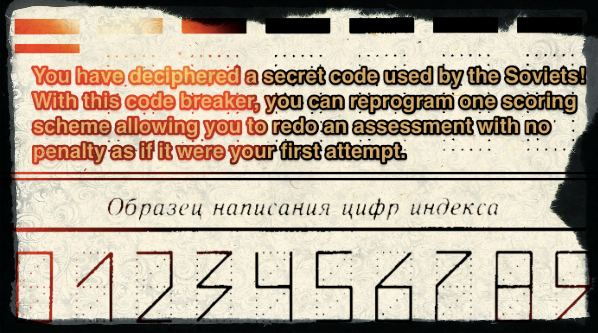13 Hours and Counting...
This is always the worst part of the year for me. After an amazingly restful summer in Colorado...
It is time for my yang twin – I'm a Gemini – to take over so that I can hit the ground running on my first day back which is incidentally in 12 hours and 50 minutes. UGH! Normally the change in scenery is enough to get the gears in my brain going...
...but not even the cows blocking my path on the sidewalk did the trick.
Fortunately my saviors, Daniel Pink and Seth Godin, awakened the yin twin in me.
If you haven't read To Sell is Human by Daniel Pink, I highly recommend it. If you are in a time crunch, here is Daniel Pink's To Sell is Human in Less than 10 Minutes . In his discussion on clarity, he presents a sample case where he offers several guiding principles that resonated with me.
- Clarify others motives with two "irrational" questions. He explains this questioning strategy in this post.
- Try a jolt of the unfamiliar.
- Become a curator. In the book, he references a post by Beth Kanter that does a great job of explaining how to become a curator of information.
- Learn how to ask better questions. Again, he directs his readers to a link for a questioning strategy that will help you to ask better questions.
- Ask the Five Whys.
- Find the 1%. (Still trying to figure this one out)
Though this chapter was about clarity, I found myself leaving it with more questions than I started with, as did many of the members in my virtual book club this summer. It reminded me of this Regis University advertisement that I saw in the Denver airport this summer.
Then in Seth's blog today, he wrote about focusing on the colors rather than the numbers. Read it. My summary would be the same length as his post :-) This also struck a chord with me as I suspect that one of the first things that we will do when I return tomorrow is look at data, such as IB scores, to develop our goals and strategies for the year. This is ironic considering that we are in the middle of a paradigm shift in education, and if looking at the numbers will only get us better numbers, shouldn't we be looking at alternatives to standardized testing? Shouldn't we be creating different assessments to measure student learning on the 21st century skills that serve as the focus of our teaching and learning? What are the colors that I should focus on to take my teaching to the next level this year?
So with 12 hours and 4 minutes left before I give complete control to yang, I will leave you to your reading, while the yin in me signs off to watch the Newsroom.













